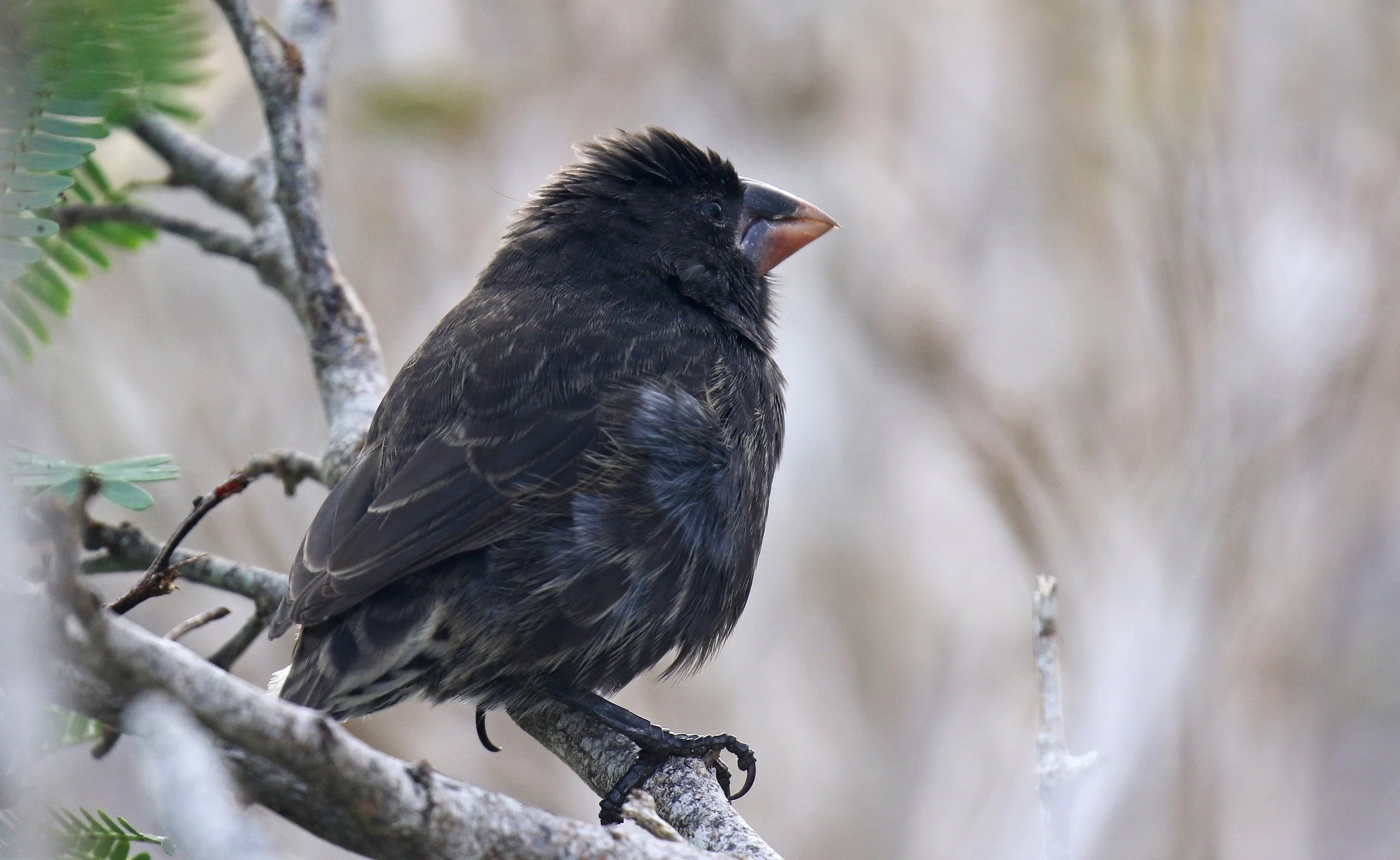A GPS system in the bird beak- would you like one for yourself?
Have you ever gone on a long drive with your trusted Google Maps and TomTom, and found yourself at the mercy of these navigational aids? Have you ever taken the 3rd exit at a roundabout (while the TomTom lady was telling you to take the 4th), and then driven on for eternity while your tools rerouted themselves? If you have, then here’s news to cheer you up! Researchers have reported that the upper beaks of birds might have the ability to detect the earth’s magnetic field, commonly known as magnetoreception [1]. In other words, the bird beaks may function as innate GPS systems. While some suggest that it is due to the presence of iron-rich receptors in bird beaks, others have hotly contested the claims [2-3]. The stimulus of magnetoreception is transmitted by the ophthalmic nerve. Therefore, the location of the magnetoreceptor is likely to be a region containing the nerve endings of this nerve. Since the upper beak of birds is one such region, it is considered as a possible site for the presence of magnetoreceptors, although further research is needed to ascertain if this is indeed the case.
Reading about the possibility of a GPS system in the birdie beaks, I am filled with excitement. The whole premise of an inbuilt GPS in my nose is exciting. Born to a father with legendary spatial awareness and navigation skills, I was the mutant offspring with a knocked-out navigation gene. Twirling around in the middle of a flower garden was enough to make me completely lose my sense of direction. My dad was admired for his ability to draw detailed maps that could get one from Point A to Point B in the shortest time possible; I am known to have missed a lecture after getting lost in my own university campus.
For people like me, an inbuilt nose-based GPS system sounds like a boon from the Gods. Was Gandalf referring to this system when he said, “If in doubt, Meriadoc, always follow your nose” in the movie The Lord of the Rings: The Fellowship of the Ring? Sure, I will happily follow my nose, but where will it take me? To my destination, or to a food truck bursting with the aroma of yummy biryani?
Fig 1: “If in doubt, Meriadoc, always follow your nose’’’- Gandalf in The Lord of the Rings: The Fellowship of the Ring. (Photo credit: iStock)
On second thoughts though, I will tread cautiously on the topic of having an inbuilt GPS system. All thanks to a paper I just read about avian vagrancy. Bird vagrancy is a phenomenon where migratory birds veer off course and end up in places far outside their normal geographical ranges [4]. Trapped in an unfamiliar land with unpredictable food sources, the fate of the vagrant birds is usually sealed. One of the possible reasons for bird vagrancy is errors in the magnetic calibration of their navigation system [5]. Before setting out on their journeys, the birds are supposed to identify a reference point on the basis of their inner compass, and orient themselves in the correct position. Apparently, a few birds end up orienting themselves the wrong way! Didn’t they ever have an orientation session (pun intended) on how to orient themselves the right way? What was their HR (oops…BR) department doing? The navigation errors in these birds can even be bad enough to cause reverse migration, i.e., the birds heading off in a direction opposite to that of the intended destination. Well, at least it is reassuring to know that man-made systems aren’t the only ones prone to catastrophic system failures!
Fig 2: Cactus Finch (Geospiza conirostris) (Photo credit: iStock)
Not all instances of bird vagrancy can be pinned down to navigation system errors; some of the other possible causes include geomagnetic disturbances, solar activity and climate change [6]. Some of the vagrant birds are simply blown off course by strong winds and cyclones. Not all vagrant bird stories end up being sorry tales either. Some of the vagrant birds, the adventurers really, become pioneers and establish new migration routes for their species [7]. One such famous fellow was a wayward finch (large cactus finch; Geospiza conirostris), which veered off course over the Pacific Ocean and landed on the uninhabited Daphne Major island in the Galapagos archipelago. He wasted no time in wooing the native ladies (medium ground finch; Geospiza fortis) and ended up establishing his own ancestral line, known as the Big Bird lineage [8]. Even though the guy had veered off course by mistake, he certainly made the most of the opportunity it presented! For most of us, though, the possibility of such an adventurous life after going off course is not enough to make us throw away our navigational lifelines. And I am okay with not having an inbuilt GPS which could, theoretically at least, make me end up on an uninhabited island in the Pacific. For now, I will stick to Google Maps and TomTom.
Fig 3: Medium ground finch; Geospiza fortis. (Photo credit: iStock)
References:
[1] Falkenberg G et al. (2010). Avian Magnetoreception: Elaborate Iron Mineral Containing Dendrites in the Upper Beak Seem to be a Common Feature of Birds. PLoSONE. 5(2):e9231. doi: 10.1371/journal.pone.0009231.
[2] Wiltschko R and Wiltschko W (2019). Magnetoreception in birds. Journal of Royal Society Interface. 16: 20190295. doi:10.1098/rsif.2019.0295.
[3] Nimpf S and Keays DA (2022). Myths in magnetosensation. iScience. 25:104454. doi:10.1016/j.isci.2022.104454.
[5] Bozo L and Csorgo T (2023). Causes of vagrancy of North Asian passerines in western Europe. Ibis. 166(1):5-22. doi:10.1111/ibi.13226.
[6] Tonelli BA et al. (2023). Geomagnetic disturbance associated with increased vagrancy in migratory landbirds. Nature Scientific Reports. 13:414. doi:10.1038/s41598-022-26586-0.
[7] Lees AC and Gilroy JJ (2021). Bird migration: When vagrants become pioneers. Current Biology. 31: R1568–R1593. doi:10.1016/j.cub.2021.10.058.
[8] Lamichhaney S et al (2018). Rapid hybrid speciation in Darwin’s finches. Science. 359:224-228. doi:10.1126/science.aao4593.



